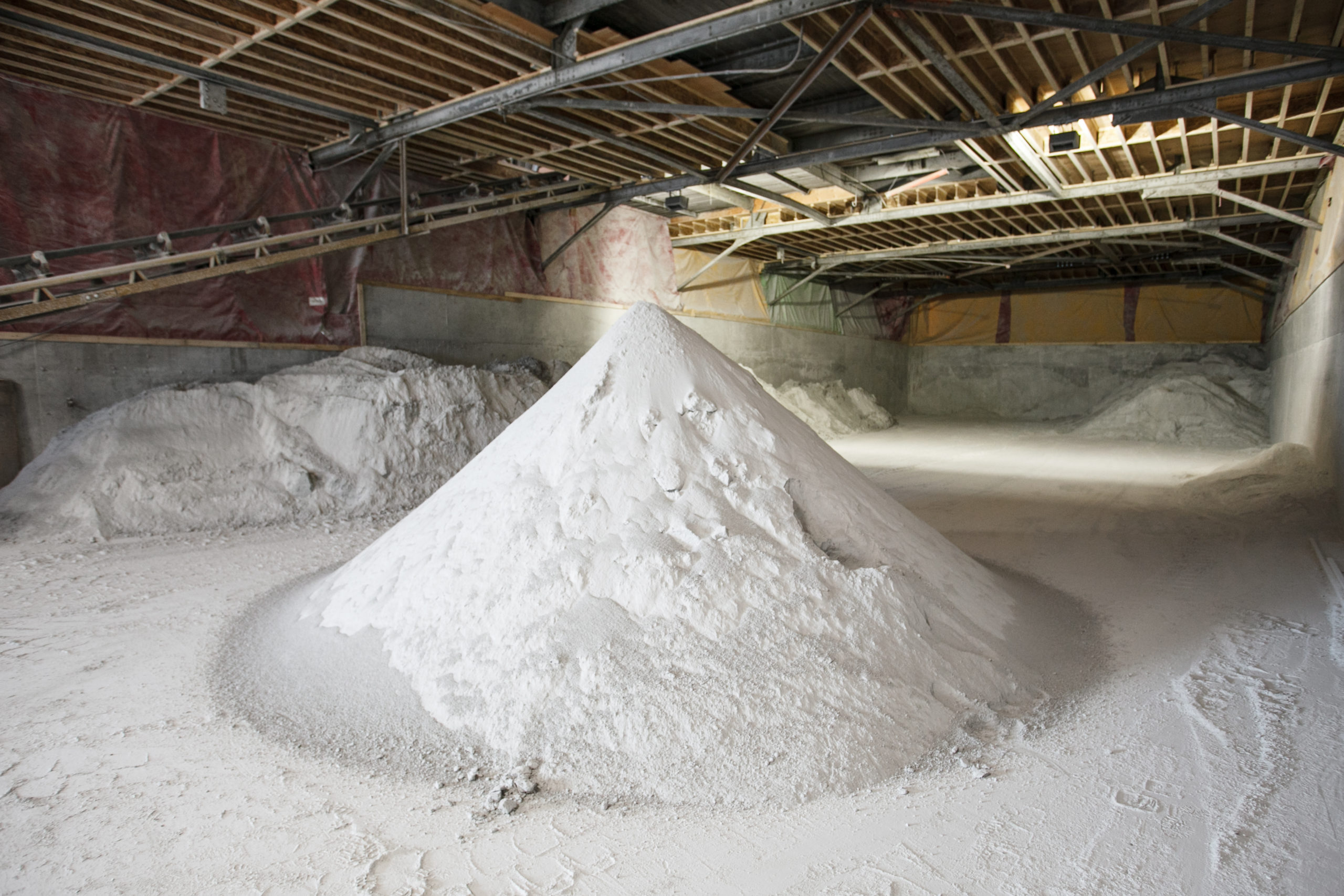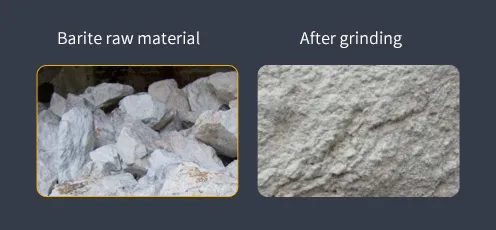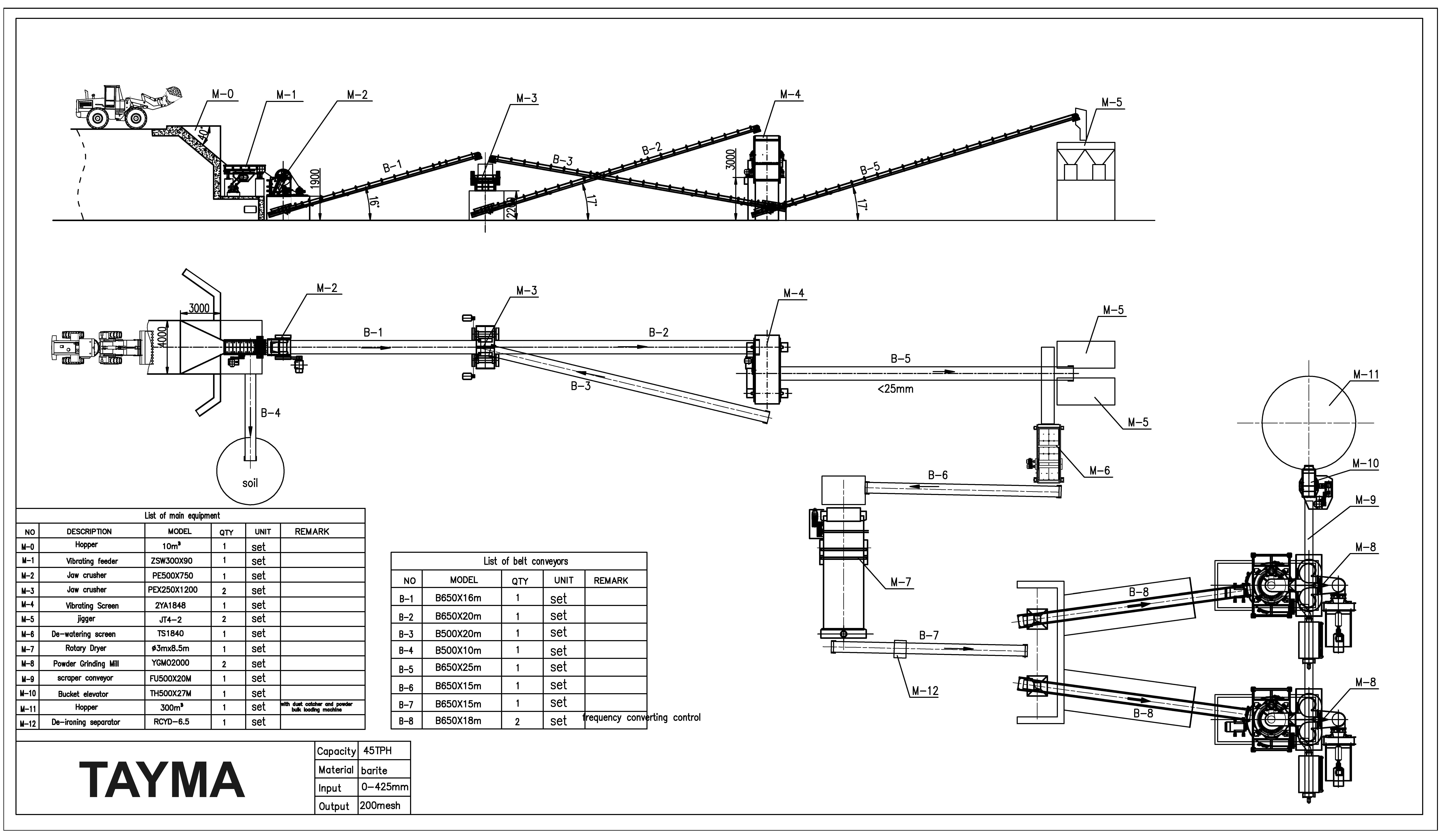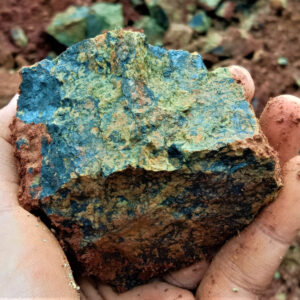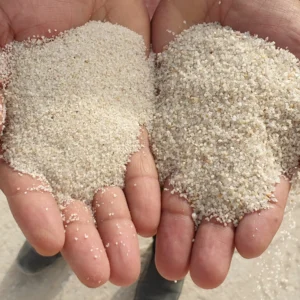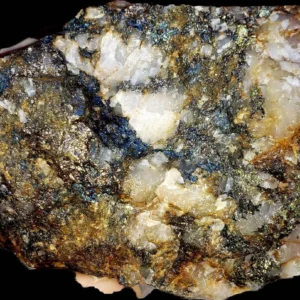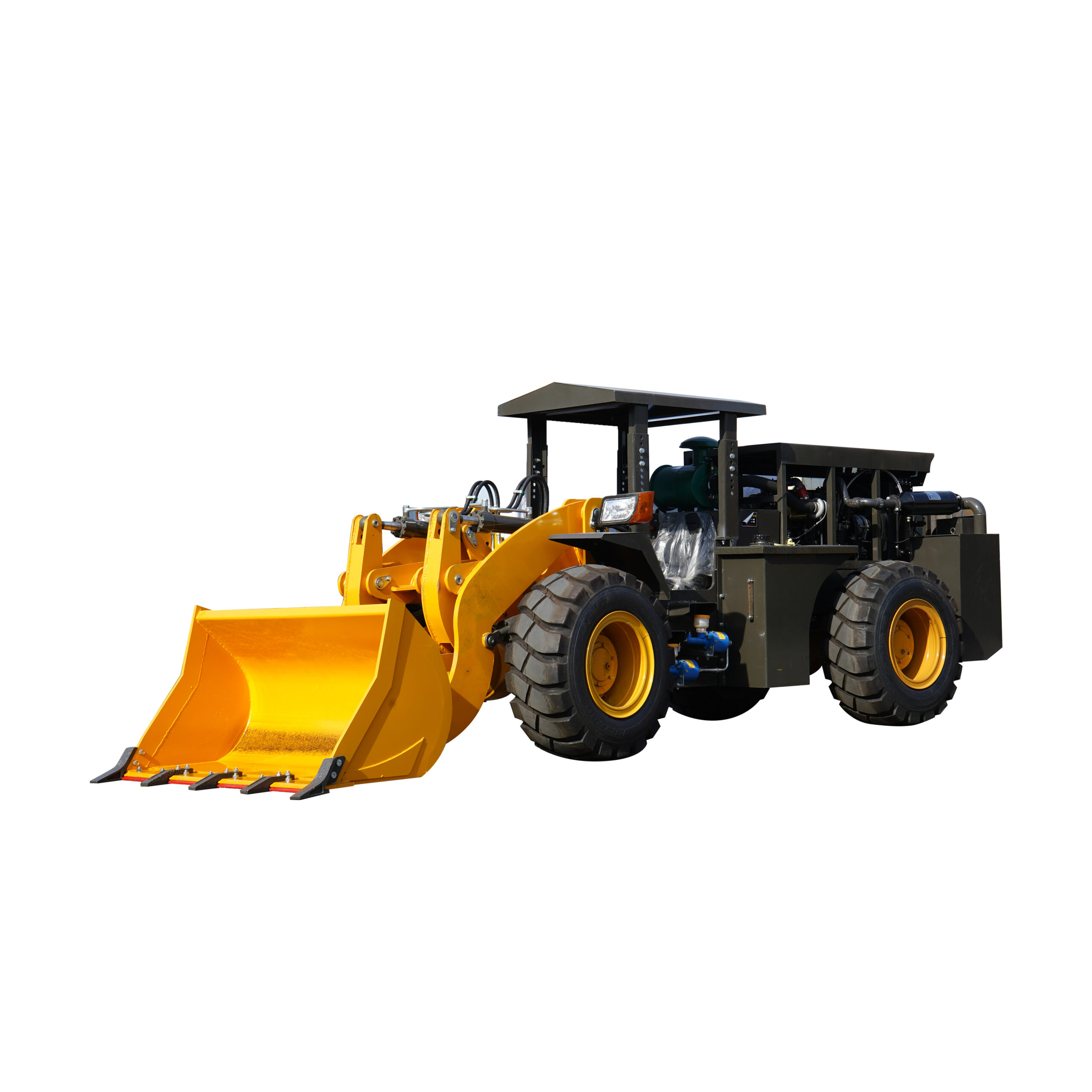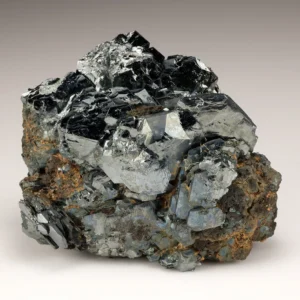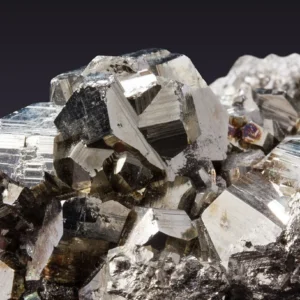Description
Process
The barite grinding production line processes raw barite ore into fine barite powder through a series of technological processes. It has the advantages of simple configuration, stable operation, high output, low energy consumption, and the fineness of the finished product meets the requirements.
- Raw ore crushing: Large pieces of barite are transported to the raw material warehouse by vehicle, and then used for preliminary crushing using a jaw crusher or impact crusher until they are processed to a size that can enter the grinding equipment.
- Particle grinding: The crushed barite is sent to the silo through a bucket elevator, and then sent evenly and quantitatively into the grinding chamber of a grinding mill (such as a ball mill or vertical mill) through a belt feeder for grinding. From lumps to finished powder.
- Powder classification: The ground barite powder is classified by a classifier (such as an air classifier or centrifugal classifier). Unqualified powder is classified by the classifier and returned to the mill for re-grinding.
- Powder drying: The barite powder obtained after classification may contain a certain amount of moisture. In order to improve the stability and storage of the powder, drying equipment (such as a dryer or fluidized bed dryer) needs to be used for drying.
- Powder packaging and storage: The dried barite powder is packaged and stored. Commonly used packaging methods include bagging and bulk packaging. Care must be taken to avoid moisture and contamination during storage.
Introduction
A Barite Grinding Production Line is an industrial process designed to grind barite ore into fine powder for various applications. Barite (BaSO₄) is a mineral consisting of barium sulfate, commonly used in industries such as oil and gas drilling, as a filler in paints and plastics, and in the production of barium chemicals.
Applications:
- Oil and Gas Industry: As a weighting agent in drilling muds to control the pressure in wells.
- Chemical Industry: For the production of various barium compounds.
- Paints and Plastics: As a filler to improve product quality and performance.
- Other Industries: Including rubber, paper, and medical applications.
Advantages:
- Enhanced Purity: Ensures high purity of the final product.
- Fine Particle Size: Produces barite powder with uniform and fine particle size distribution.
- Efficiency: High production efficiency with minimal waste.
Considerations:
- Raw Material Quality: The quality of barite ore affects the efficiency and output of the grinding production line.
- Environmental Regulations: Compliance with environmental standards for dust and waste management.
- Energy Consumption: Optimization to reduce energy consumption during the grinding process.
In summary, a Barite Grinding Production Line involves a series of mechanical and chemical processes to convert raw barite ore into fine powder suitable for various industrial applications. The efficiency, quality, and environmental impact of the process are critical factors for successful production.
